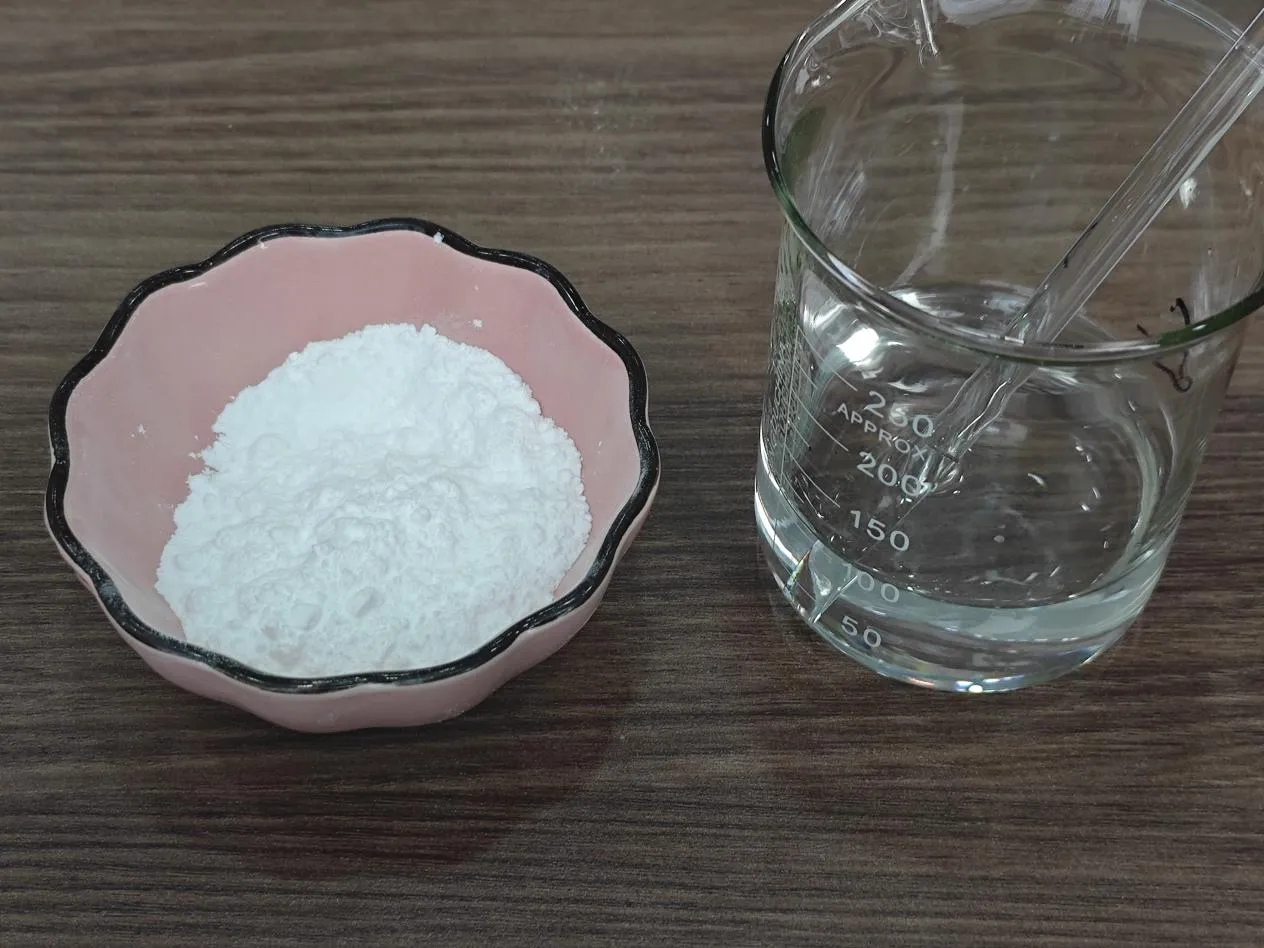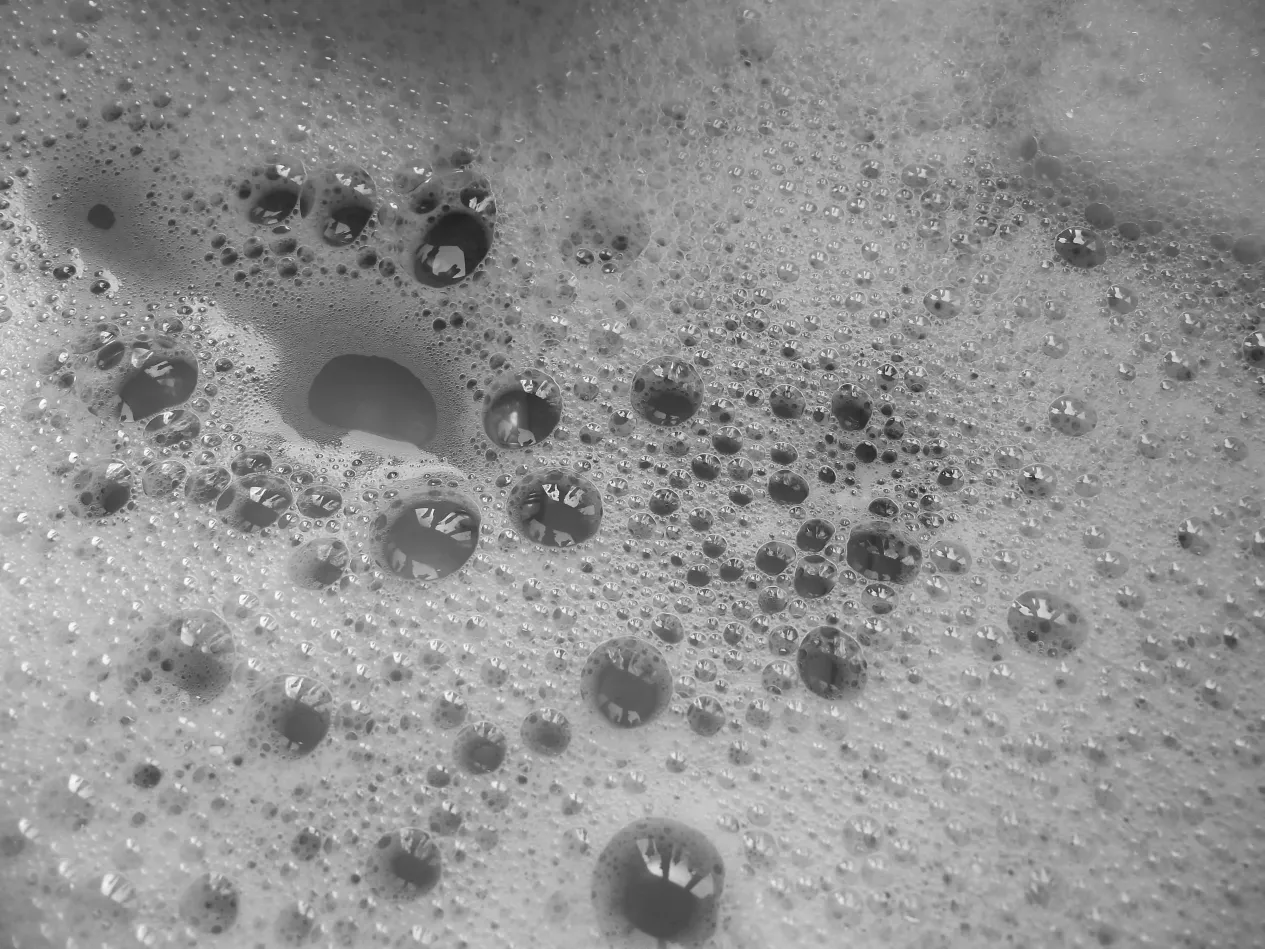
The Complete Guide to Antifoaming Agents: Types, Examples, and Natural Solutions
Foam might seem harmless in everyday scenarios, but in industrial processes, it can cause significant issues—disrupting equipment, lowering productivity, and compromising product quality. Whether you're working in food processing, chemical manufacturing, or pharmaceuticals, foam needs to be controlled. This is where anti foaming agents come into play. In this article, we’ll explore the types of antifoaming agents, highlight common 소포제 예, and compare natural antifoaming agents to synthetic ones for sustainable applications.

Understanding the Different Types of Antifoaming Agents
An anti foaming agent, often called a defoamer, is a chemical additive that prevents the formation of foam or eliminates existing foam in liquids. There are several types of antifoaming agents, each designed for specific applications based on their composition and the operating environment.
1. Silicon Antifoaming Agent
The 실리콘 소포제 is among the most effective and widely used in industrial applications. It typically contains polydimethylsiloxane or other silicone-based compounds. These agents have a low surface tension and are highly effective at breaking down foam quickly and efficiently.
Applications:
Paint and coatings manufacturing
Oil and gas production
Wastewater treatment

2. Organic Anti Foaming Agent
Organic anti foaming agents are made from materials such as fatty acids, esters, and natural oils. These are ideal for processes where silicone-based agents are not suitable due to potential contamination or compatibility issues.
Applications:
Paper and pulp manufacturing
Detergents and cleaning products
Textile processing

3. Natural Antifoaming Agent
For environmentally conscious industries, natural antifoaming agents offer a sustainable alternative. These are derived from plant-based oils or fermentation by-products and are biodegradable and low in toxicity.
Common uses:
Organic food processing
Natural personal care products
Eco-friendly cleaning agents
Natural agents are especially useful where regulatory and environmental requirements are strict, making them a preferred choice in industries with a green focus.
Antifoaming Agents Examples and Industrial Use Cases
Foam can be caused by the agitation of liquids, the presence of surfactants, or chemical reactions. Choosing the right defoamer depends on foam type, system temperature, pH, and other variables. Here are some 소포제 예 and how they’re applied in real-world settings.
1. Silicone-Based Agents
These are often used in harsh industrial settings due to their stability and strong defoaming performance. For example, 실리콘 소포제 are essential in controlling foam during oil refining or fermentation.
2. Natural Defoaming Agent
A natural defoaming agent such as modified vegetable oil can be used in food and beverage production where safety and biodegradability are paramount.
3. Organic Esters and Waxes
These are suitable for mild foaming environments, such as dishwashing liquids or pulp mills, where gentle defoaming is needed without affecting product composition.
The combination of antifoam and defoamer properties in many products means they can both prevent foam from forming and eliminate it when it appears. This dual action is critical for efficient process management.
Why Natural Antifoaming Agents Are Gaining Popularity
Environmental sustainability is a key concern across global industries, and many manufacturers are turning to natural antifoaming agents for a cleaner solution to foam control.
Benefits of using natural defoaming agents include:
Eco-friendliness: Made from renewable sources and biodegradable.
Regulatory compliance: Often meet food safety and environmental standards more easily than synthetic chemicals.
Low toxicity: Safer for workers and end-users in food, cosmetics, and pharmaceutical applications.
Despite their advantages, natural agents may not always match the performance of synthetic or silicone-based alternatives in highly demanding conditions. In such cases, hybrid formulations combining natural and organic anti foaming agents are sometimes used.
Conclusion: Choosing the Right Antifoaming Agent for Your Industry
Foam can be a serious problem in both light and heavy industry, and selecting the right anti foaming solution is essential. From 실리콘 소포제 used in heavy manufacturing to natural defoaming agents suitable for organic product lines, the options are broad and varied.
By understanding the types of antifoaming agents and how they interact with your specific processes, you can reduce waste, improve productivity, and meet environmental goals. As more industries move toward sustainable operations, the demand for natural antifoaming agents will only continue to grow.
Whether you're selecting from a range of 소포제 예 or formulating a custom solution, the key is balancing performance, safety, and sustainability.
FAQ: Exploring the Types, Examples, and Uses of Natural and Silicon Antifoaming Agents
What are the different types of antifoaming agents?
There are three main types of antifoaming agents:
Silicon antifoaming agents: Excellent for high-foam and high-temperature processes.
Organic anti foaming agents: Fatty acids and esters used in less aggressive conditions.
Natural antifoaming agents: Plant-based and biodegradable options for food, cosmetics, and green industries.
What are some common antifoaming agents examples?
Antifoaming agents examplesinclude:
Polydimethylsiloxane (silicone-based)
Fatty acid esters (organic)
Modified vegetable oils (natural)
Each is suited to specific applications based on foam type and industry.
How does a natural defoaming agent work?
A natural defoaming agentreduces foam by spreading across the surface and destabilizing air bubbles. It is made from eco-friendly materials and is ideal for organic or environmentally sensitive applications.
What’s the difference between antifoam and defoamer?
Antifoamprevents foam formation before it starts, while a defoamer eliminates foam that has already formed. Most commercial products serve as both antifoam and defoamer agents for comprehensive foam control.
Why are natural antifoaming agents becoming more popular?
Due to increasing environmental and health regulations, many companies now prefer natural antifoaming agentsfor their biodegradability, low toxicity, and regulatory compliance, especially in food and cosmetic industries.
-
Hydroxypropyl Starch as a Sustainable Construction Additive소식Nov.24,2025
-
The Gelation Properties of CMC소식Nov.21,2025
-
Redispersible Latex Powder and Water Retention Capacity소식Nov.21,2025
-
Dosage Control for Polycarboxylate Water Reducer소식Nov.21,2025
-
Film-Forming Properties of Polyvinyl Alcohol소식Nov.21,2025
-
The Function of Gypsum Additives in Mortar소식Nov.21,2025





















